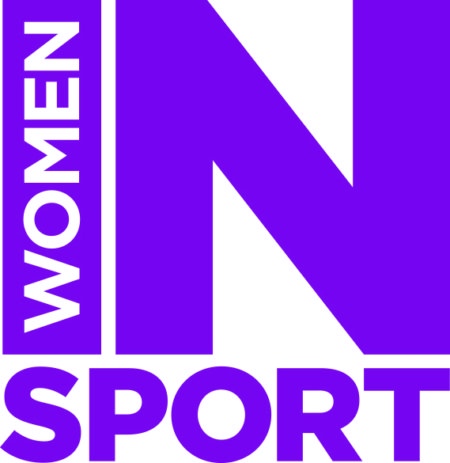Education Resources

2020-2022 Impact Report – Women in Sport
September 11, 2023 | Education Resources |
Women in Sport’s vision is that no one is excluded from the joy, fulfilment and lifelong benefits of sport. Yet all too often, women and girls are still missing out.
“Throughout the last two extraordinary years, Women in Sport has been a voice for girls and women who deserve to experience the joy and fulfilment of sport and yet all too often miss out.”
Stephanie Hilborne OBE, CEO

Women in Sport Report – Beyond 30%
September 11, 2017 | Education Resources | 4.75 MB
This is Women in Sport’s seventh annual audit of the numbers and experiences of women on the board and in senior leadership roles within the National Governing Bodies (NGBs) of Sport in England and Wales, plus those NGBs which are UK wide and funded by UK Sport only.
Download
Beyond 30% Workplace Culture in Sport
August 8, 2017 | Education Resources | 2.76 MB
Women in Sport launch Beyond 30% Workplace Culture in Sport report.
DownloadEducation Resources

2020-2022 Impact Report – Women in Sport
September 11, 2023 | Education Resources |
Women in Sport’s vision is that no one is excluded from the joy, fulfilment and lifelong benefits of sport. Yet all too often, women and girls are still missing out.
“Throughout the last two extraordinary years, Women in Sport has been a voice for girls and women who deserve to experience the joy and fulfilment of sport and yet all too often miss out.”
Stephanie Hilborne OBE, CEO

Women in Sport Report – Beyond 30%
September 11, 2017 | Education Resources | 4.75 MB
This is Women in Sport’s seventh annual audit of the numbers and experiences of women on the board and in senior leadership roles within the National Governing Bodies (NGBs) of Sport in England and Wales, plus those NGBs which are UK wide and funded by UK Sport only.
Download
Beyond 30% Workplace Culture in Sport
August 8, 2017 | Education Resources | 2.76 MB
Women in Sport launch Beyond 30% Workplace Culture in Sport report.
DownloadEducation Resources

2020-2022 Impact Report – Women in Sport
September 11, 2023 | Education Resources |
Women in Sport’s vision is that no one is excluded from the joy, fulfilment and lifelong benefits of sport. Yet all too often, women and girls are still missing out.
“Throughout the last two extraordinary years, Women in Sport has been a voice for girls and women who deserve to experience the joy and fulfilment of sport and yet all too often miss out.”
Stephanie Hilborne OBE, CEO

Women in Sport Report – Beyond 30%
September 11, 2017 | Education Resources | 4.75 MB
This is Women in Sport’s seventh annual audit of the numbers and experiences of women on the board and in senior leadership roles within the National Governing Bodies (NGBs) of Sport in England and Wales, plus those NGBs which are UK wide and funded by UK Sport only.
Download
Beyond 30% Workplace Culture in Sport
August 8, 2017 | Education Resources | 2.76 MB
Women in Sport launch Beyond 30% Workplace Culture in Sport report.
Download



